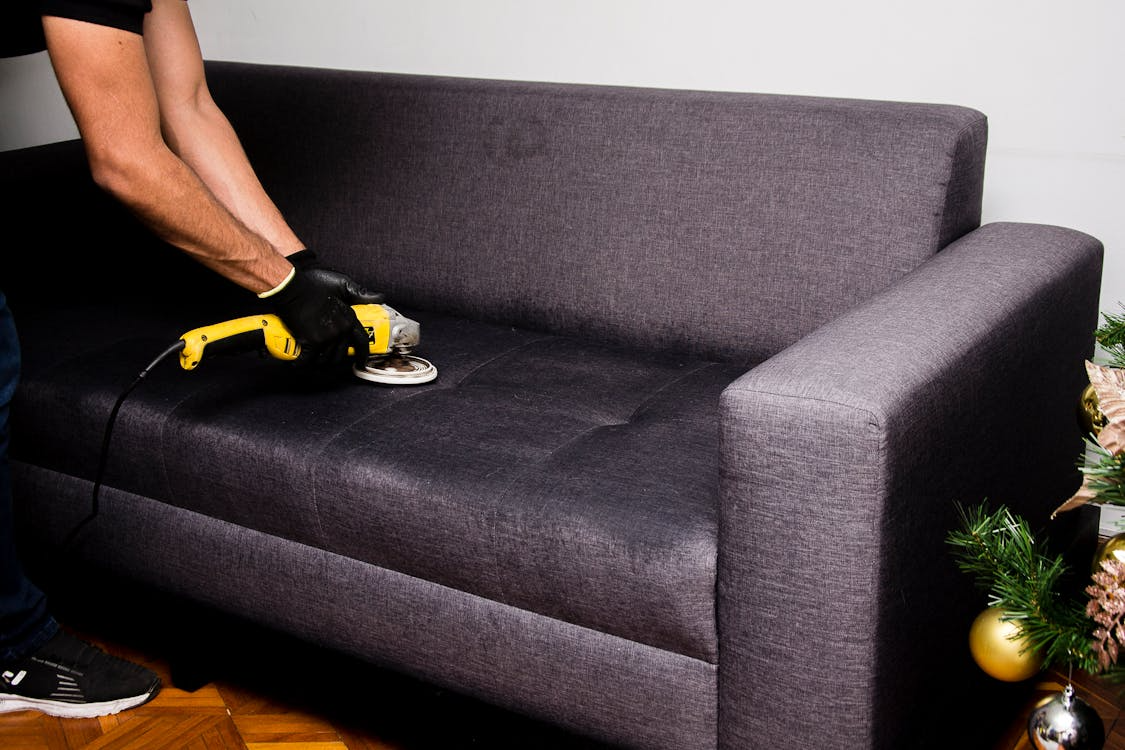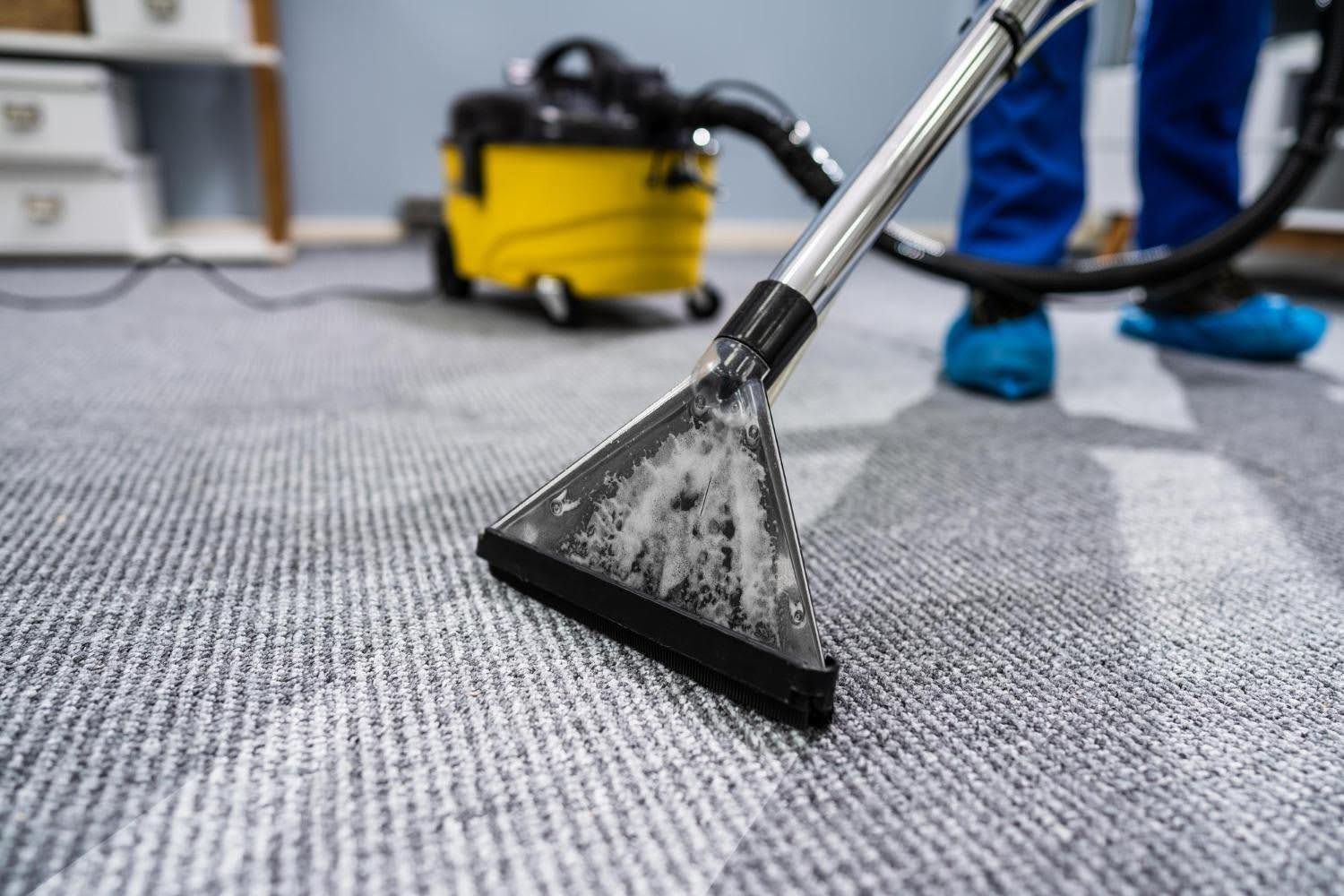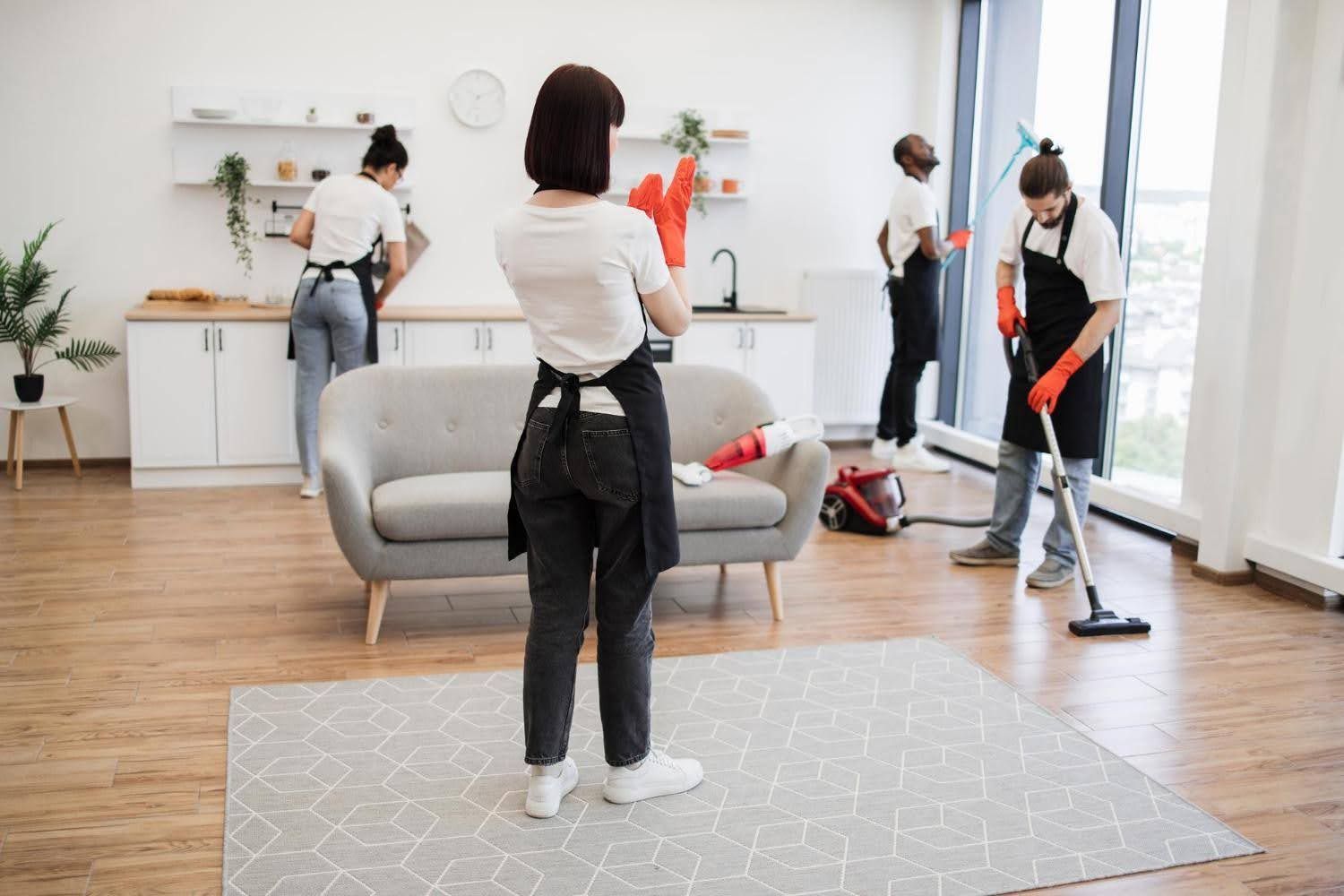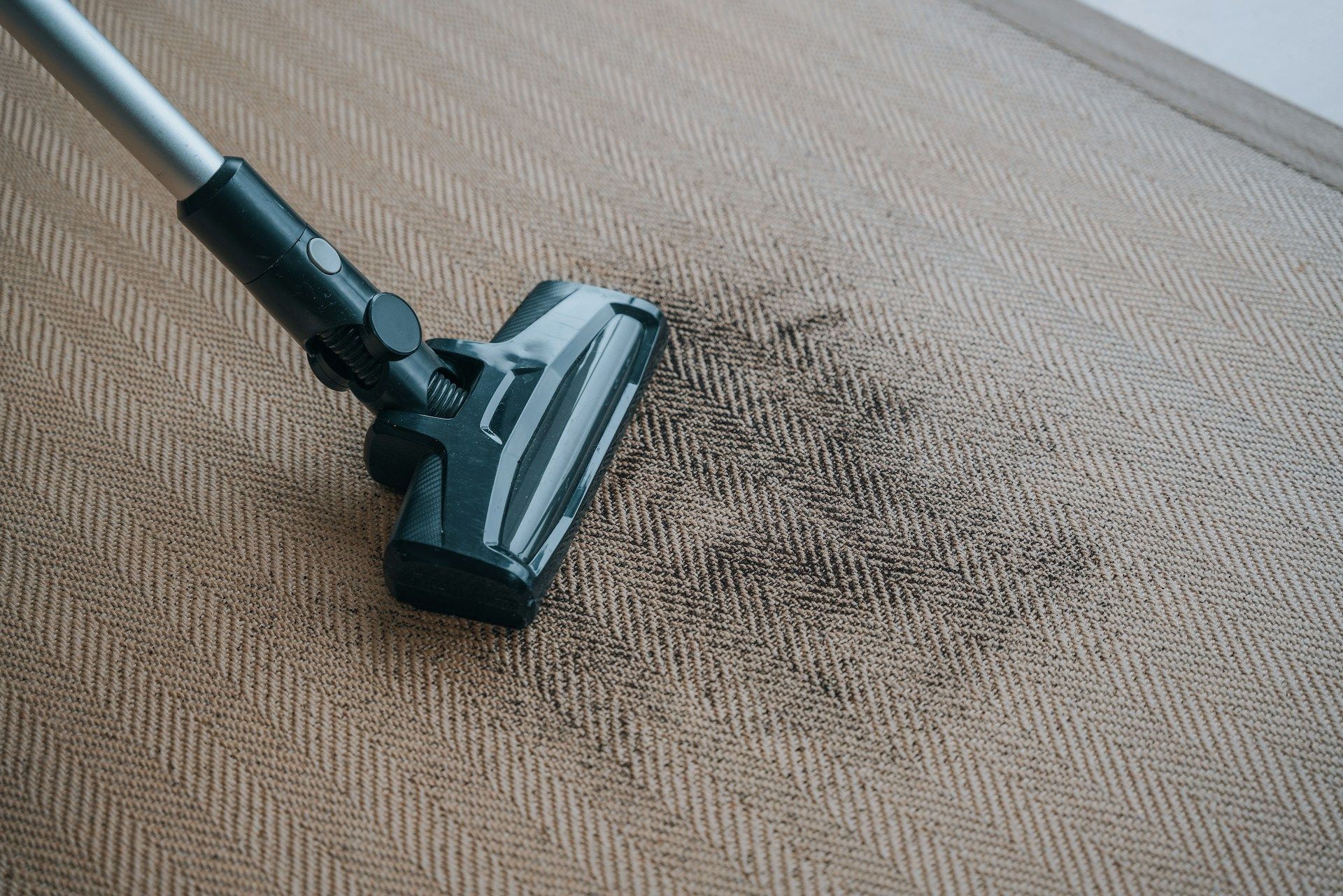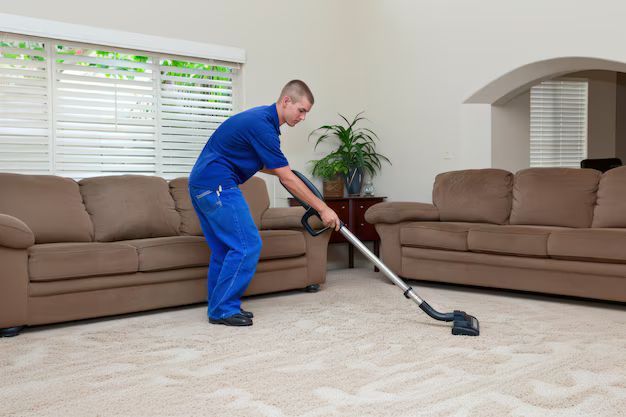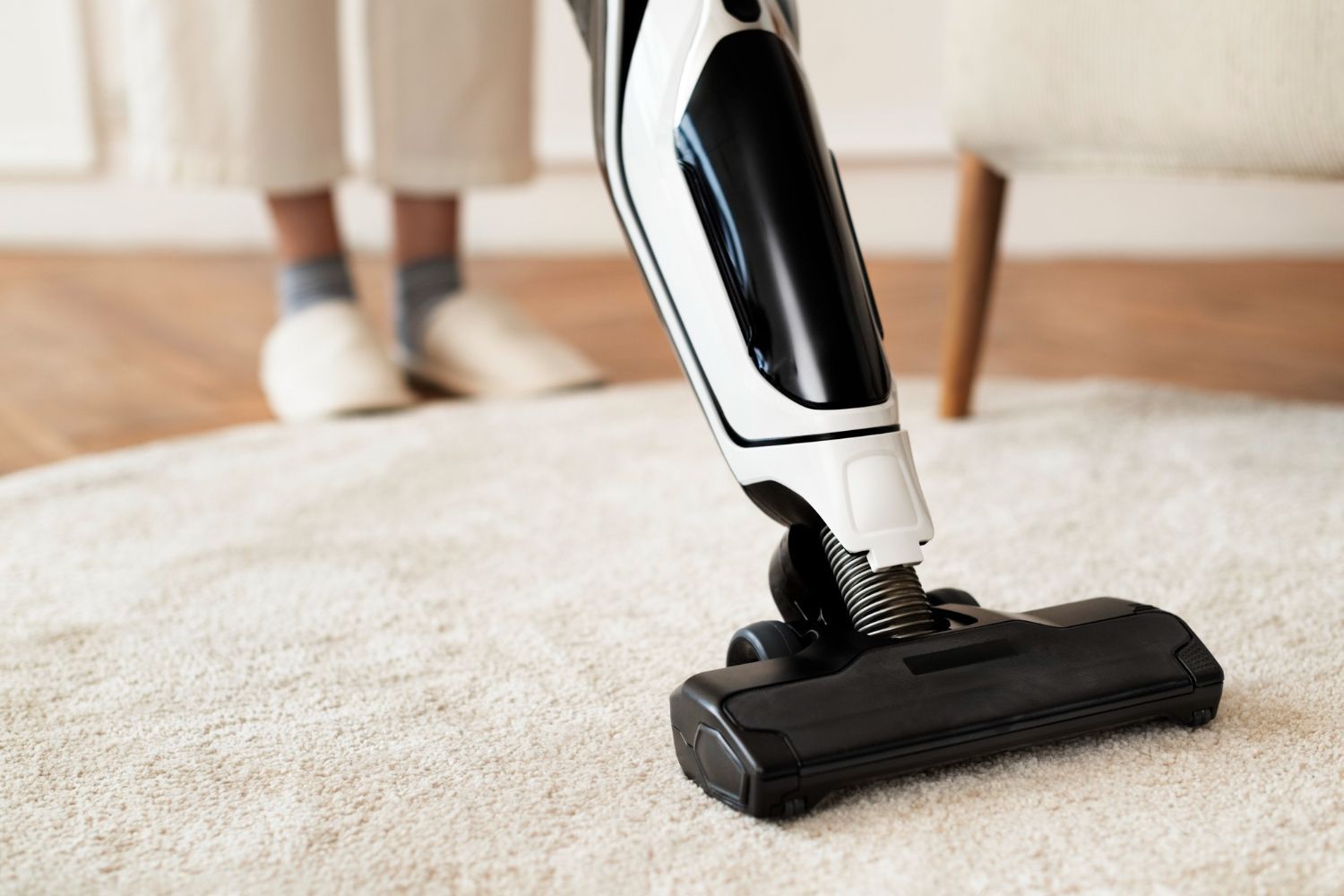Essential Tips for Deep Cleaning Your Upholstery at Home
Upholstered furniture adds comfort and style to our living spaces, but over time, it can accumulate dust, dirt, and stains. Keeping upholstery clean isn’t just about appearance; it also contributes to a healthier home environment.
Deep-cleaning your upholstery can seem like a daunting task, but with the right approach and tools, it can be done effectively and efficiently. CitruSolution, a local, family-owned business, specializes in area rug, carpet, and upholstery cleaning and provides valuable insights into maintaining your furniture.
In this article, we'll guide you through the importance of deep-cleaning your upholstery, steps to effectively clean it at home, common mistakes to avoid, and recommend the best products and tools for the job. This comprehensive guide will equip you with all the knowledge you need to keep your upholstery in top condition, enhancing both its appearance and longevity.
Why Deep Cleaning Upholstery Is Important
Deep-cleaning your upholstery is crucial for several reasons that go beyond just aesthetics. Firstly, it significantly improves indoor air quality. Upholstered furniture can trap allergens, dust mites, and bacteria, which can be released into the air every time you sit down. Cleaning these pollutants reduces the risk of respiratory problems and other health issues, creating a healthier environment for your family.
Secondly, deep cleaning extends the life of your furniture. Dirt and grime act like abrasive particles that wear down fabric fibers over time. By removing these contaminants, you preserve the integrity of your upholstery, preventing premature wear and tear. This not only keeps your furniture looking newer for longer but also saves you money in the long run by reducing the need for replacements.
Lastly, cleanliness boosts the overall appearance and feel of your living space. Stains, discoloration, and dirt can make even high-quality furniture look tired and uninviting. Regular deep cleaning revitalizes the appearance of your upholstery, restoring its original color and texture. This makes your home more inviting and comfortable.
Step-By-Step Guide To Deep Cleaning Upholstery
Deep cleaning your upholstery at home doesn’t have to be overwhelming. Follow these steps to ensure a thorough and effective clean:
1. Vacuum Thoroughly: Begin by vacuuming your upholstery with a brush attachment. This removes loose dirt, dust, and allergens from the surface and crevices, making the cleaning process more effective.
2. Spot Test Cleaning Solution: Always test your cleaning solution on an inconspicuous area of the fabric first. This ensures the cleaner won’t damage or discolor your upholstery.
3. Apply the Cleaner: Depending on the type of fabric, use an appropriate upholstery cleaner. Lightly spray the cleaner onto the fabric or apply it with a damp cloth. Avoid soaking the fabric, as this can lead to water stains and mold growth.
4. Agitate the Fabric: Use a soft brush or cloth to gently scrub the fabric, working the cleaner into the fibers. Focus on stained or heavily soiled areas, but be gentle to avoid damaging the material.
5. Rinse and Extract: After cleaning, use a clean, damp cloth to blot away any soap residue. You can also use a wet/dry vacuum to extract excess moisture and cleaner, ensuring no residue is left behind.
6. Dry Completely: Allow the upholstery to air dry completely. Speed up the drying process by using fans or opening windows. Ensure the furniture is entirely dry before use to prevent mold and mildew.
7. Fluff and Finish: Once dry, fluff cushions and brush any threads and fibers into place to restore the fabric's texture.
By following these steps, you can effectively deep-clean your upholstery, ensuring it remains fresh, clean, and in good condition. Regular deep cleaning keeps your furniture looking great and extends its lifespan, making it a valuable part of your home maintenance routine.
Common Mistakes To Avoid When Cleaning Upholstery
Cleaning upholstery might seem straightforward, but common mistakes can lead to damage or ineffective cleaning. Here are some pitfalls to avoid:
1. Using Too Much Water: Oversaturating your upholstery with water can cause the fabric to become waterlogged, leading to mold and mildew growth. Always use minimal water, and ensure thorough drying.
2. Skipping the Spot Test: Not testing the cleaner on a hidden area can result in discoloration or damage to the entire piece. Spot test every new cleaner to make sure it’s safe for your fabric.
3. Using Harsh Chemicals: Harsh cleaners can weaken fabric fibers and fade colors. Opt for gentle, fabric-specific cleaners or natural solutions like mild soap and water.
4. Scrubbing Too Hard: Aggressive scrubbing can damage the fabric and push dirt deeper into the fibers. Use gentle, circular motions for a thorough yet safe clean.
5. Ignoring Manufacturer Instructions: Each piece of furniture comes with specific care instructions. Ignoring these guidelines can void warranties and cause damage. Always follow manufacturer recommendations.
6. Rushing the Drying Process: Not allowing enough time for drying can lead to lingering moisture, which invites mold and odor. Ensure upholstery is completely dry before putting it back to use.
By avoiding these common mistakes, you can maintain the quality and longevity of your upholstery, keeping it clean and inviting for years to come.
Best Products and Tools for Upholstery Cleaning
Choosing the right products and tools makes a big difference in the effectiveness of your upholstery cleaning efforts. Here are some recommended items:
1. Vacuum With Brush Attachment: A vacuum cleaner equipped with a brush attachment is essential for removing surface dirt and dust. It reaches deep into crevices without damaging the fabric.
2. Upholstery Cleaner: Use an upholstery-specific cleaner suitable for your fabric type. Products like foam cleaners or sprays are designed to lift dirt without soaking the material.
3. Soft Brushes: A soft-bristled brush helps work the cleaner into the fabric gently, ensuring thorough cleaning without abrasion.
4. Microfiber Cloths: These are ideal for blotting stains and wiping away cleaner. They are soft, absorbent, and won’t scratch the fabric.
5. Steam Cleaner: For deeper cleaning, a steam cleaner designed for upholstery can sanitize and refresh your furniture. Ensure it has adjustable settings to match your fabric type.
6. Fabric Protectors: Applying a fabric protector after cleaning can help repel stains and spills, making future clean-ups easier and more effective.
Using these products and tools will enhance your upholstery cleaning efforts, ensuring a thorough and safe cleaning for your furniture.
Conclusion
Deep-cleaning your upholstery is a vital part of home maintenance that keeps your furniture looking great and your living environment healthy. By understanding why deep cleaning is important and following a step-by-step guide, you can effectively maintain your upholstery at home. Avoiding common mistakes and using the best products and tools will further ensure that your cleaning efforts are successful and that your furniture remains in good condition.
For those times when professional help is needed, or you want a deep clean beyond what you can achieve at home, consider scheduling an
upholstery cleaning service with CitruSolution. Our expert team can provide the specialized care your upholstery needs. Contact us today to keep your furniture looking its best all year round.


